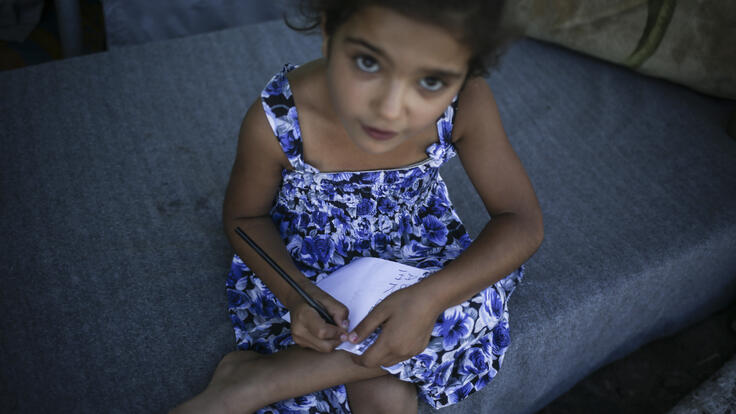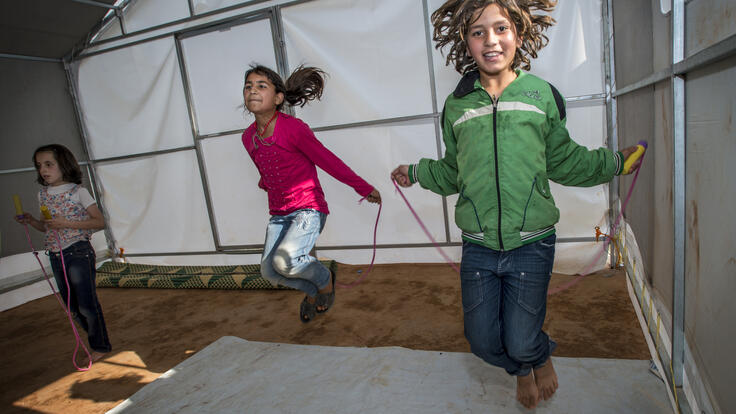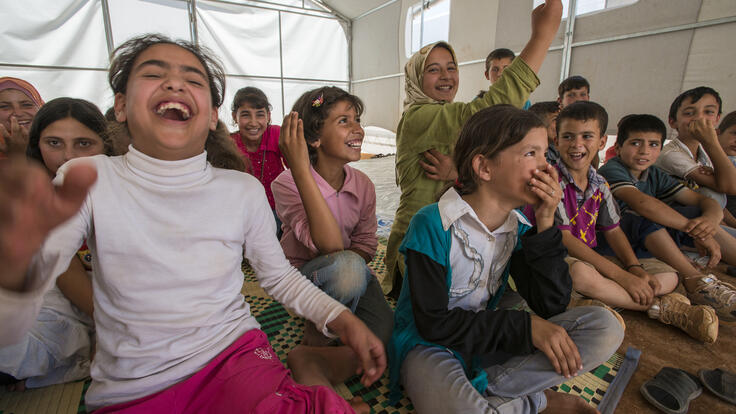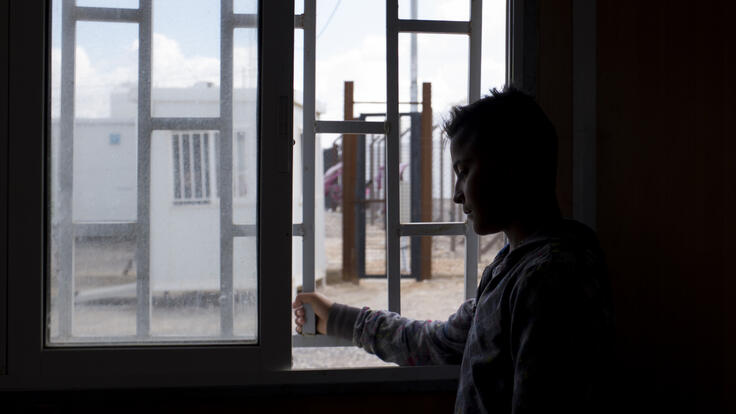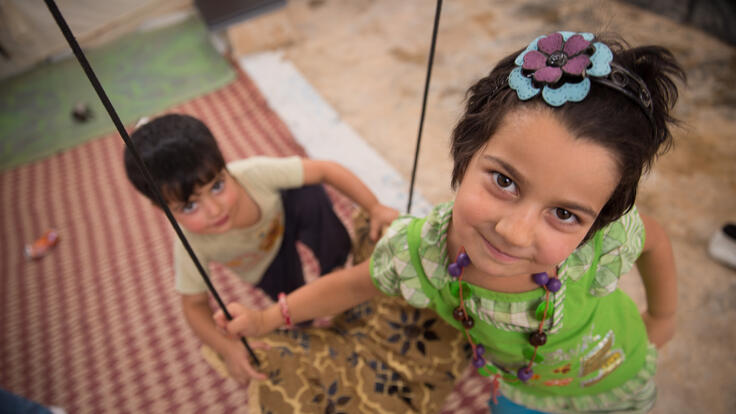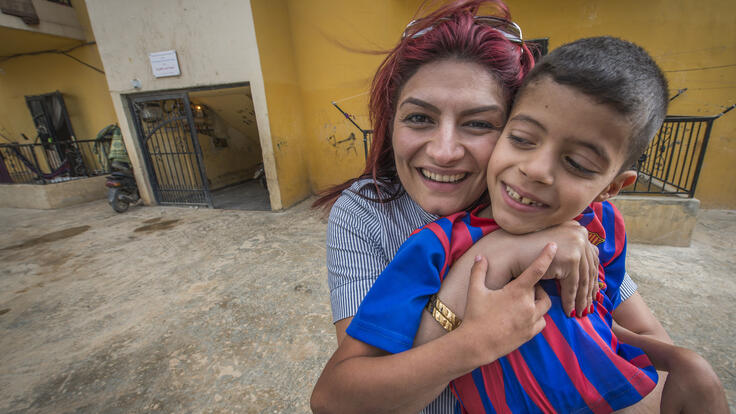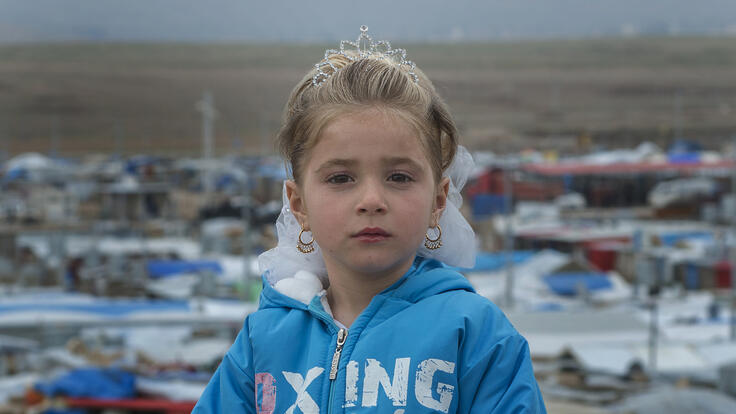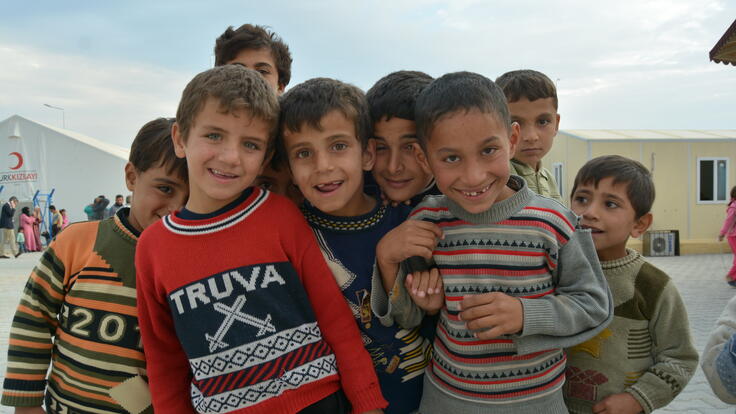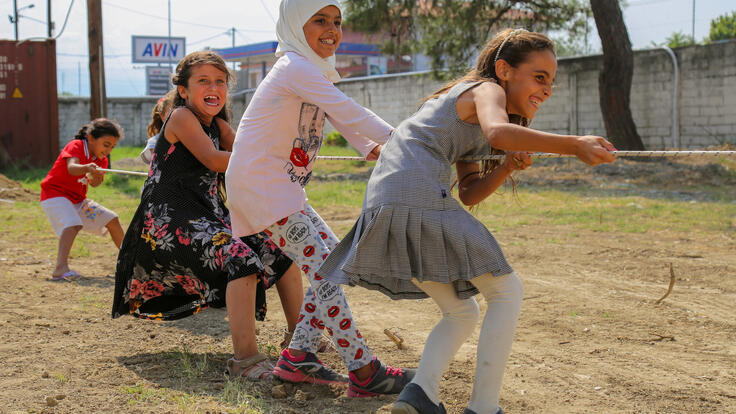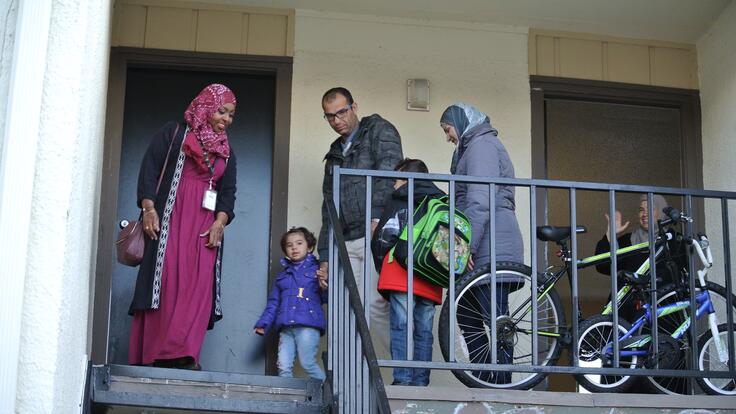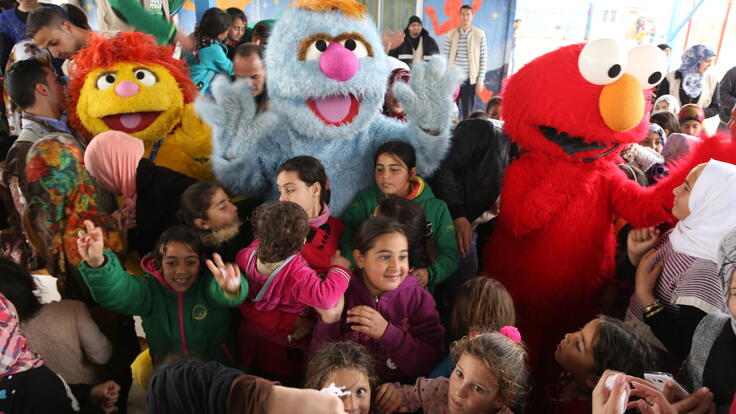Tens of thousands of people have fled Aleppo as Syrian government forces take control of eastern areas of the city following months of besiegement and aerial bombardment. Here’s a closer look at the situation.
What is happening in Aleppo?
Although Aleppo was largely spared from violence in the first months of the conflict, fighting broke out in July 2012. By November 2016, some 250,000 Syrians were pinned down by clashes between government forces in western Aleppo and rebels controlling eastern neighbourhoods.
After bombings began to intensify in November, food and medicine were cut off, and the last local hospitals were destroyed, Civilians huddled in basements in fear of “bunker bombs.” One 24-year-old Syrian man living in eastern Aleppo described the city as a “ghost town” where airstrikes make it extremely dangerous for anyone to leave their homes.
In the past week, around 4,000 Aleppo residents among the tens of thousands who managed to escape the city have arrived in Al Dana, a town in Syria’s eastern Idleb province.
IRC aid workers responding to the crisis report that many are staying in the town and its outskirts in unfinished buildings without heat, toilets or running water. Up to four families are sharing each building, and in one case 16 people were found living in a single room.
The vast majority of new arrivals are women, children or the elderly, who told the IRC that many younger men had either refused to leave Aleppo or were detained as they attempted to flee the city.
What is the state of Aleppo’s hospitals?
There are no hospitals operating in eastern Aleppo. Civilians have no access to trauma care and fear the slightest illness or injury. Even before the recent outbreak of violence, there were thought to be only 31 doctors to care for a quarter million people.
All told, over the past five years, there have been more than 400 attacks on medical facilities in Syria. More than 750 medical workers have died.
“An attack on a hospital is an attack on the tens of thousands of civilians who rely on its medical care to keep them alive,” says Mark Schnellbaecher, the IRC's director of the Syria crisis response. “It is clear that until the international community is able to hold accountable those responsible for these abuses, nothing can be done to protect civilians.
How has the war affected Aleppo’s children?
The war has taken an especially heavy toll on children.
Over a third of civilians cut off from aid in the eastern Aleppo are children. Many, like Omran Dagneesh, whose image reawakened the world to the plight of the most innocent, have suffered injury, witnessed unspeakable brutality, and lost loved ones.
Across Syria, some 2.7 million children are out of school as thousands of schools have been destroyed or damaged in the fighting.
“People are leaving Syria not only because of the destruction of their communities and the dangers to their lives, but also because of their increasing poverty and the lack of schooling available for their children,” says a former teacher from southern Syria who now works with the IRC.
How is humanitarian aid getting into Aleppo?
Despite the Syrian government’s plan to open “humanitarian corridors” to distribute food and medical supplies to Aleppo, fighting has continued unabated. It has been nearly impossible to get aid into the city since September.
Already limited rations ran out Nov. 13. People reportedly have been forced to eat weeds and search through rubbish for scrapes. A cease-fire allowing aid to enter, and ultimately a proper political solution is the hope.
What is the IRC doing to help Syrians?
IRC aid workers are meeting people who have fled Aleppo as they reach Al Dana, identifying families in desperate need of food, fuel and emergency supplies including mattresses, blankets, soap and towels. To help ensure people can purchase the basics they need, the IRC will be giving £80 to £400 of the most vulnerable families. The IRC is hoping to secure more funding to reach all 800 of the new families in Al Dana, as well as to help any future arrivals.
The IRC currently supports 12 health facilities in Idleb governate, as well as 5 schools providing an education for 4,000 children. The IRC also supports four livelihood centres that help around 5,000 Syrians each month boost their income through skills training, job placements, and business start-up grants, as well as providing emergency cash distributions to the most vulnerable families.
In all, more than 3,000 IRC aid workers and local volunteers operating inside Syria and in four neighbouring countries have reached over 3.3 million Syrians fleeing violence with health care, protection of vulnerable women and children, education, and economic recovery.
We are also assisting Syrians who have fled to safety in Europe or have been offered refuge in the United States.
How can I help Syrians?
You can help us aid Syrians fleeing from war and conflict by donating to the IRC’s emergency response. Donate now to support children and families caught in this unprecedented crisis. Read about more ways to help refugees.
